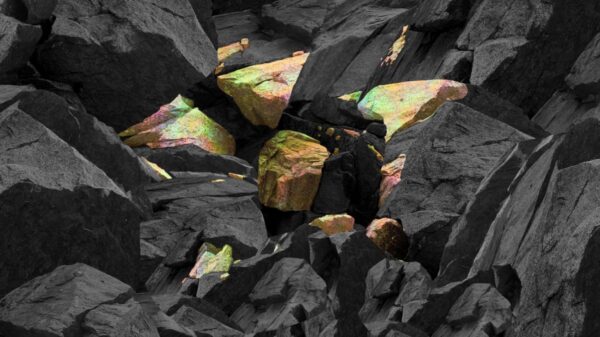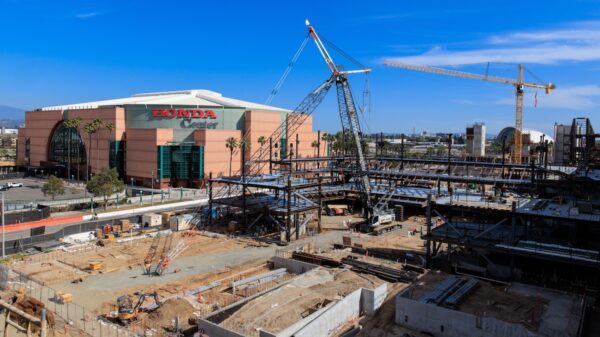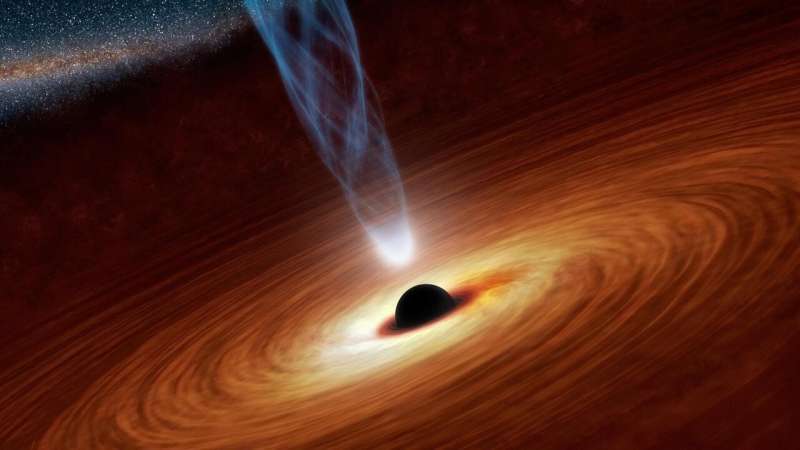A groundbreaking study led by researchers at Princeton University has uncovered a key mechanism that could explain how planets form around stars and black holes. On July 7, 2025, the team published their findings, revealing that a wobble in electrically conductive fluids, such as plasma, can cause particles to drift inward, leading to planet formation.
New Insights into Cosmic Phenomena
The research, led by Yin Wang of the U.S. Department of Energy’s Princeton Plasma Physics Laboratory (PPPL), demonstrates that this wobble, known as the magnetorotational instability (MRI), can develop in unexpected ways. While earlier studies focused on interactions between plasma and magnetic fields in gravitational fields, the new findings indicate that wobbles can also arise in regions where two fluid jets with different velocities meet. This area, known as a free shear layer, may be more prevalent in the universe than previously thought.
“This discovery suggests that the wobble might be more common across the cosmos, potentially playing a significant role in the formation of numerous solar systems,” explained Yin Wang, lead author of the study published in Physical Review Letters. The research builds on 2022 experiments that used nested, spinning cylinders to simulate conditions in a stellar accretion disk.
Laboratory Experimentation and Computer Simulations
The original experiment involved the PPPL‘s MRI Experiment, which used two metal cylinders containing a fluid mixture of gallium, indium, and tin. This setup mimicked the varying speeds within an accretion disk, with an applied magnetic field creating conditions for the MRI. Further analysis using computer simulations confirmed the presence of a nonaxisymmetric MRI, a type of magnetohydrodynamic instability, which resembles turbulence caused by meeting fluids of different velocities.
Fatima Ebrahimi, a principal research physicist at PPPL and co-author of the study, noted, “The computer simulations confirmed our experimental analyses and opened new avenues for understanding the data.” The simulations used the SFEMaNS and Dedalus programs, which revealed that this wobble can lead to particles moving inwards, potentially coalescing into planetary bodies.
Collaborative Efforts and Future Implications
The study involved collaboration with several experts, including Erik Gilson, head of PPPL’s discovery plasma science, and Hantao Ji, a distinguished research fellow at Princeton University. Their work not only strengthens the evidence for MRI as a mechanism for planet formation but also addresses longstanding astrophysical mysteries.
More information on the study can be found in the Physical Review Letters, DOI: 10.1103/PhysRevLett.134.135101, and on the arXiv preprint server. As researchers continue to explore these cosmic phenomena, this discovery marks a significant step forward in understanding the vast, dynamic processes that shape our universe.





























































